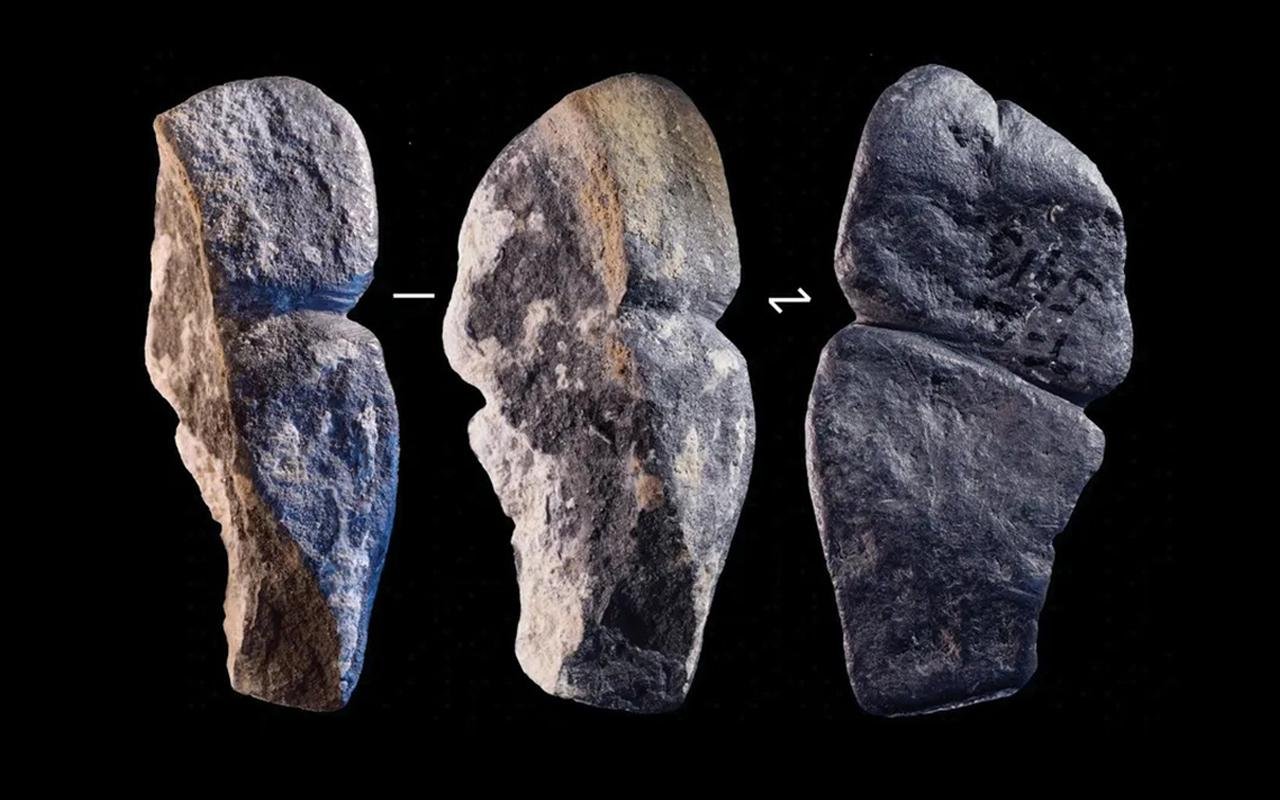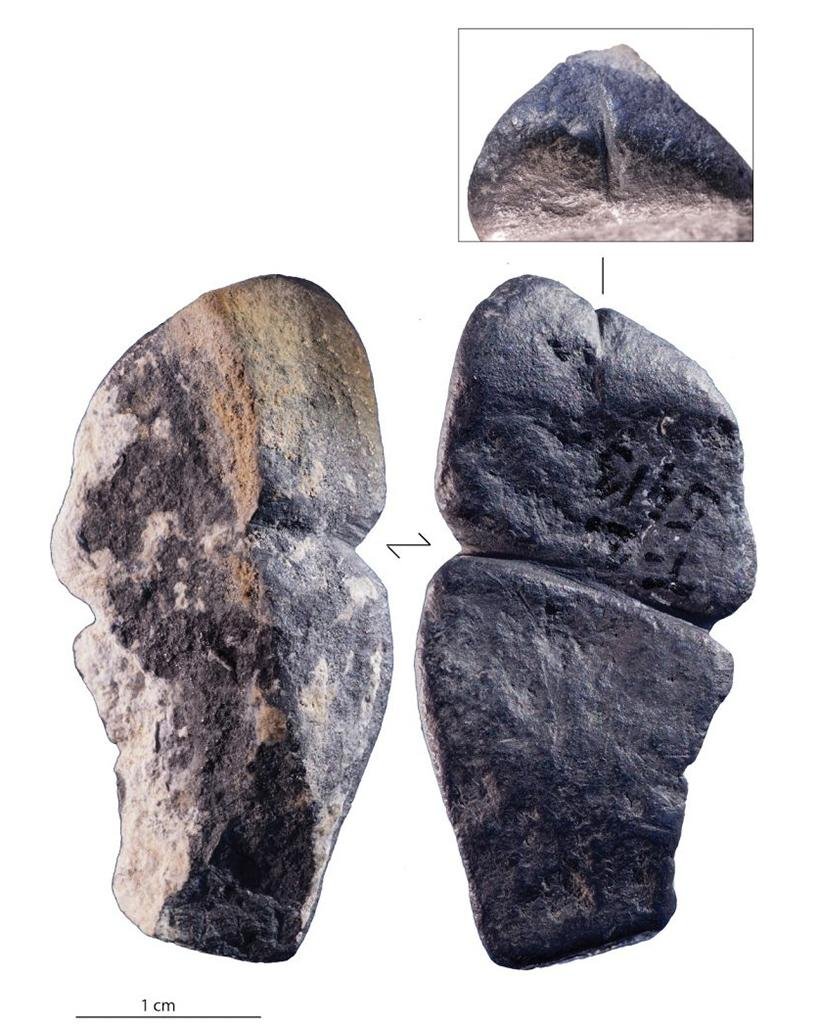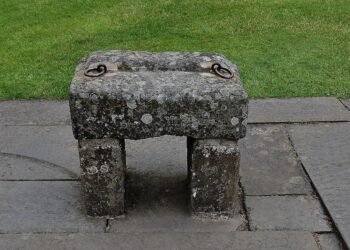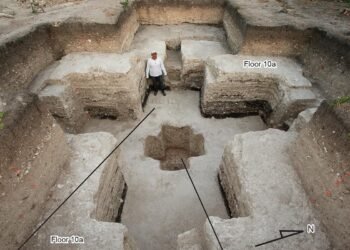Archaeologists have made a significant discovery in northern Mongolia, unearthing a pendant that may be the earliest example of phallic art ever found.
The artifact, dating back approximately 42,000 years, is a 1.7-inch-long pendant made of graphite. It was discovered at the Tolbor archaeological site in the Khangai Mountains and is believed to have been worn as a necklace.

The pendant’s unique features, including distinct grooves depicting the urethra and the differentiation between the glans and the shaft, led researchers to interpret it as a representation of a penis.
The pendant’s age and craftsmanship make it a groundbreaking find. Previous depictions of human sex organs, particularly vulvas, have been found in cave art in France and Germany dating back 32,000 to 40,000 years.
However, this newly discovered pendant predates them by approximately 2,000 years, making it the oldest known example of phallic art.
The graphite material used in the pendant suggests that it was obtained from a distant location, as it was not widely available in the region at that time. The pendant’s worn appearance indicates that it may have been passed down through generations.
The researchers note that three-dimensional phallic pendants are unknown in the Paleolithic record, further emphasizing the significance of this discovery.
While the interpretation of the pendant as a phallic representation is not universally accepted, many experts support this view.
Some argue that the specific features carved into the pendant, such as the urethral opening and the distinction between the glans and the shaft, provide compelling evidence for its phallic nature. However, others remain skeptical, considering the object small and shapeless, and would require further convincing.
The purpose and function of the pendant are still a subject of speculation. It is unclear whether it held personal meaning for the wearer or served as a form of group identity or communication. The pendant’s small size suggests that it may have been challenging to identify from a distance, indicating a personal and intimate significance.
It joins a lineage of personal ornaments found across Eurasia, some dating back 130,000 to 150,000 years, which demonstrates the early emergence of symbolic representations in our species.
The significance of this finding extends beyond the realm of phallic art. If the interpretation stands, the pendant represents one of the earliest forms of figurative art, surpassing other examples found in Southeast Asia, Europe, and Africa.
The representation of a phallus as one of the first artistic expressions may reflect the enduring fascination and cultural importance attached to human sexuality throughout history.
More information: Rigaud, S., Rybin, E.P., Khatsenovich, A.M. et al. (2023). Symbolic innovation at the onset of the Upper Paleolithic in Eurasia shown by the personal ornaments from Tolbor-21 (Mongolia). Sci Rep 13, 9545. DOI:10.1038/s41598-023-36140-1
























